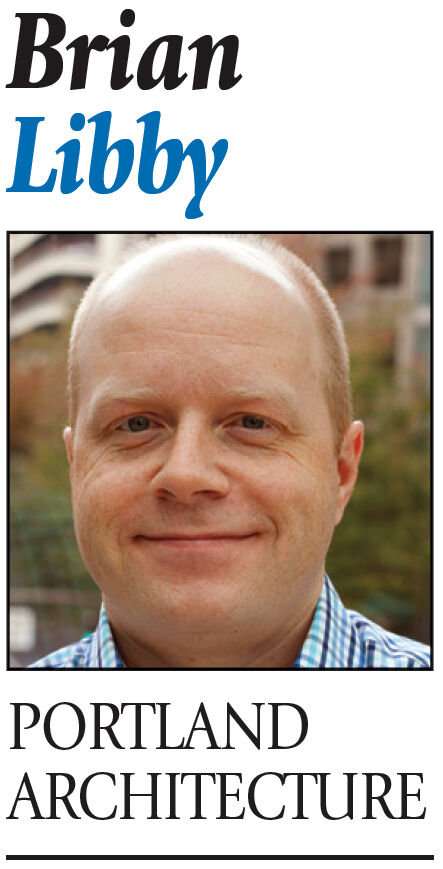Portland Architecture: Purposely taking the alley way
Published 7:00 am Thursday, February 16, 2023

- Brian Libby, author of Portland Architecture (portlandarchitecture.com).
Alleys have long come with negative, noir-ish connotation. Especially when using a phrase like “back alley,” danger is implied: of darkness cloaking the potential for theft and physical menace—or at least the smell of garbage cans.
Trending
There are a lot more alleys in Portland than most people realize: some 76 miles, much of it on the east side, but a smattering on the west side, too. And most all of them still relegate garbage collection to the front of the property. They’re not just full of potential; alleys are ready to flip the script and become front-of-property places.
Given some of big changes to local zoning and state law, such as the City of Portland’s Residential Infill Project and Oregon becoming the first U.S. state to eliminate exclusive single-family zoning of neighborhoods, residential property facing alleys is becoming densified, with accessory dwelling units and home offices. We are on the verge of a renaissance, in which more and more back yards provide foundations for architecture.
This means not just an opportunity to create more affordable housing and a wider range of housing options, but that alleys can become their own brand of special places, offering more vibrantly dense, people-oriented enclaves where automobiles are allowed but don’t dominate. Because ADUs facing alleys do so without the buffer of a yard or sidewalk, densified alleys can become more intimate yet places with more eyes on the shared street.
Trending
Recently local architect Jonathan Bolch, a partner at Woofter Bolch Architecture and an adjunct architecture professor at Portland State University, won a Van Evera Bailey Fellowship from the Architecture Foundation of Oregon, allowing Bolch to do a deeper dive on how our local alleys can become as public and full of life as regular streets.
“Our firm had been working with a couple of clients who own property on alley-facing sites, and asked us to look at what they could do with the upcoming code changes following the [passage of the City of Portland’s] Residential Infill Project,” the architect explains. “That’s when I started analyze what the possibilities were. It’s so impressive what Portland has done; it’s really leading the country, I think.”
Bolch also introduced alleys as a focus of two undergraduate architecture studios devoted to housing, “taking a block and assigning students to leave the existing houses but triple the density, and think about the alley as the center,” he adds. “How could that be as a community and urban space? How do you coexist with the existing houses?”
Every backyard is different, so there is no cookie-cutter approach.
“What makes a home and how do you fit that in in the smallest space,” Bolch asks, “and then what makes a community from an alley space? Alleys have a zero setback, too, so you can have a very different kind of urban set-up there. It could be kind of a hidden world.”
I envy Bolch’s upcoming itinerary: visits to Kyoto and London, where alleys have long been part of the housing mix, and studies of metropolises like Melbourne and Helsinki. It’s not a coincidence that cities with dense alleys routinely rank highly on various livable-cities indexes.
“I want to really think about and learn from those precedents, and then think about how to do a 21st century Portland version that’s sustainable and adds density,” he said.







